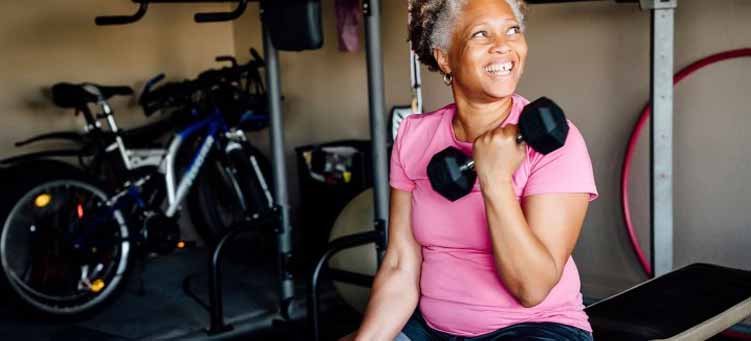Type 2 diabetes is not inevitable. Preventing and even reversing the onset of diabetes is entirely possible, but it takes commitment. Taking charge of your health involves a two-pronged approach: diet and exercise. Both are crucial for long-term success and optimal health.
Diet and exercise
Diet and exercise are both key components of a successful strategy to beat or manage diabetes. Studies show that diet and exercise can sharply lower the likelihood of diabetes, even in people who are at high risk of developing it.
Other studies also show that lifestyle interventions can improve insulin sensitivity and blood lipid profiles and help lower high blood sugar levels. Diet and exercise help lower body weight — and excess body weight is closely linked to the onset of diabetes.
A major clinical study called the Diabetes Prevention Program studied people at risk for diabetes. It showed that lifestyle changes involving 150 minutes of exercise per week decreased the risk of progressing to type 2 diabetes by 58 percent.
Keep in mind that diet and exercise should go hand in hand. For instance, even if you regularly exercise, a diet with lots of sugar and fat and very little fiber or phytonutrients (beneficial plant compounds) could more than counteract those efforts. On the other hand, you can eat a healthful diet, but if you never get up and move, your cardiovascular health will almost certainly suffer.
Cardiovascular health and diabetes are also intricately linked. Committing to a better diet and daily exercise promotes better blood sugar levels, blood lipid control, and mood. It also leads to higher energy levels, which makes it easier to exercise. Daily exercise helps keep blood vessels healthy, makes you feel better about yourself, and may aide in weight loss.
Start with the basics
All movement counts! Do something you enjoy so you can stick with it. Even small changes can make a big difference. Beneficial exercise can be as simple as walking every day. Virtually anything you do to move your body is preferable to inactivity.
Be sure to speak with your doctor before launching a new exercise program. To begin, set modest goals. For example, start by walking for a specific, manageable time each day. After a week or so, aim to increase this time until you’re walking for 30 minutes or more per day.
You’re more likely to stick to your exercise plan if it’s realistic. Research shows that mild to moderate intensity aerobic exercise (for example, walking or jogging for 10–30 minutes) three to five days per week is enough to produce significant improvements in blood sugar control.
Aerobic fitness vs. weight-training: Which do I need?
The American Diabetes Association recommends aerobic exercise and strength training for optimal physical fitness.
Aerobic exercise (think anything that raises your heart rate) can be achieved through activities such as walking, running, swimming, dancing, tennis, basketball, and more. Strength training, sometimes called resistance training, focuses more on building or maintaining muscle. Both forms of exercise are important for optimal fitness and blood sugar control.
If you struggle to lift a gallon of milk, for instance, you may want to focus on increasing your upper body strength. Small, lower-weight dumbbells or stretchable bands can be useful for building upper and lower body strength.
Studies show that both types of exercise can significantly affect glycemic (blood sugar) control. They also show that including both forms is more effective than doing one or the other by itself.
How to stay focused
Some people will find that committing to a routine exercise program merely requires time management and determination. Others may need a little extra help staying motivated. They may benefit from joining a gym or signing up for a class or other type of regular, scheduled activity. Group fitness has the added benefit of companionship, mutual support and encouragement, and perhaps even an element of competition.
In any event, research shows that people feel less fatigue after exercising than they do after sitting on the couch. Exercising may seem like a chore at first, but people who stick with it often find that they actually look forward to their activity fairly quickly.
The point is to commit. To be truly effective, exercise should be routine and involve both endurance (aerobic) and resistance (strength) training. So get moving, and stay moving!
Source: healthline.com



